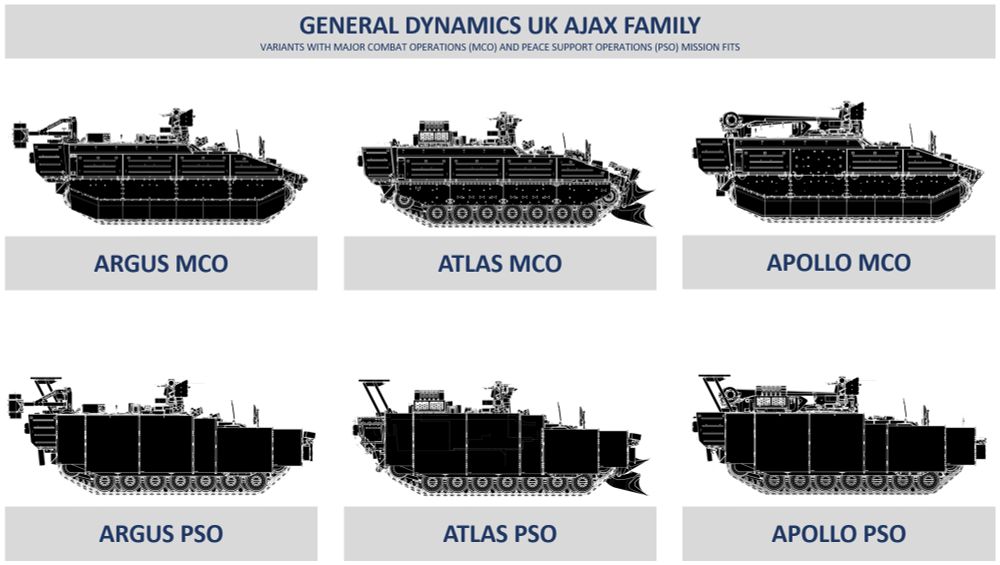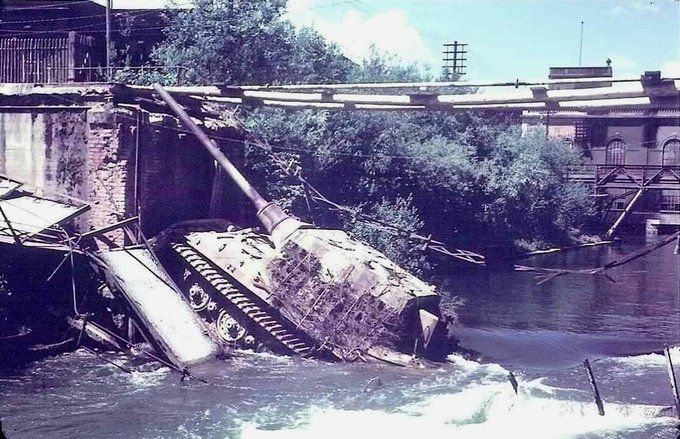
@thinkdefence.bsky.social

@thinkdefence.bsky.social
For new joiners, the series started here: bsky.app/profile/jonh...

For new joiners, the series started here: bsky.app/profile/jonh...


The big risk with gaps is that crossing them is an inherently slow process that can be predicted to varying degrees. To successfully cross your recce forces need to validate the crossing site (they will have been pre-selected, but reality must be confirmed)
The big risk with gaps is that crossing them is an inherently slow process that can be predicted to varying degrees. To successfully cross your recce forces need to validate the crossing site (they will have been pre-selected, but reality must be confirmed)


